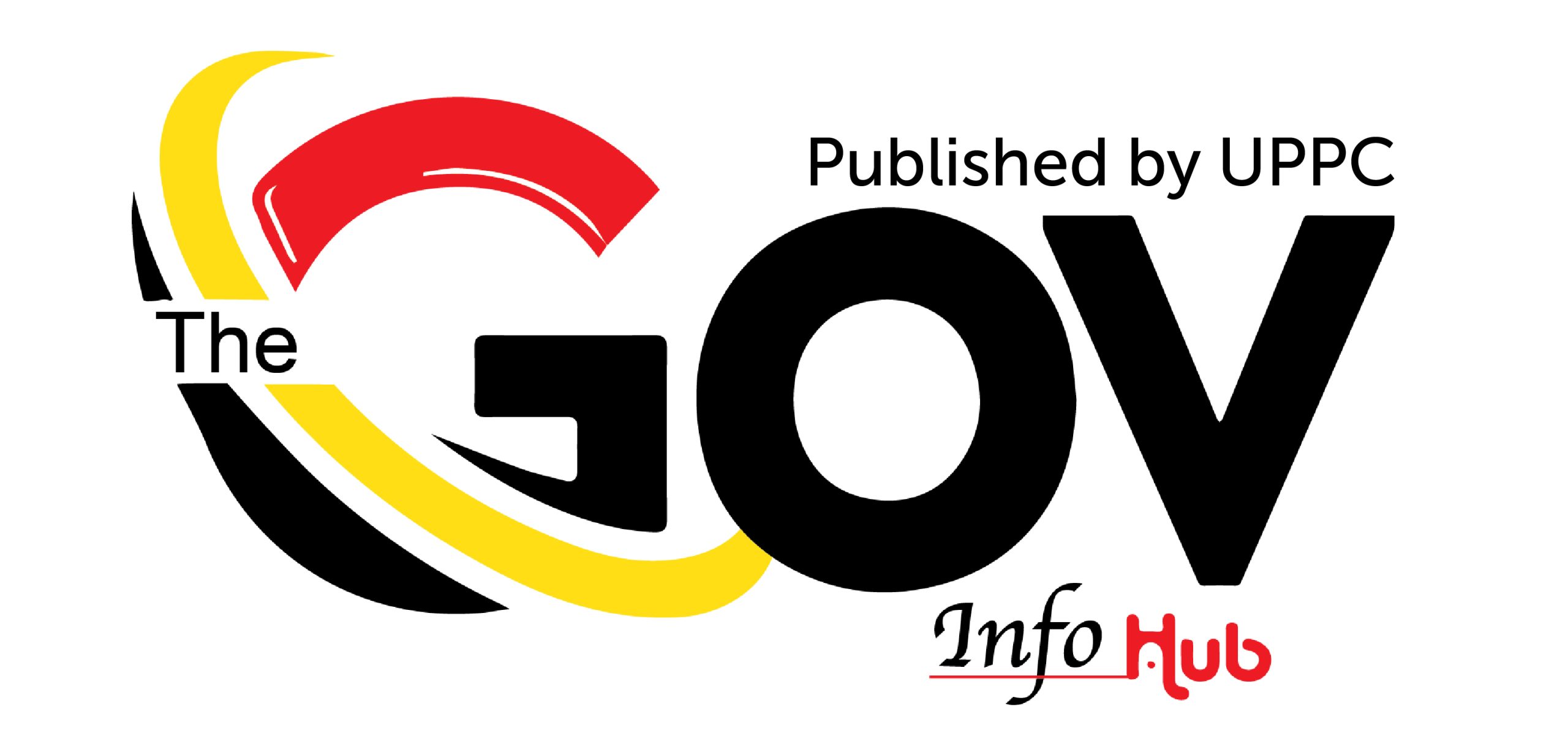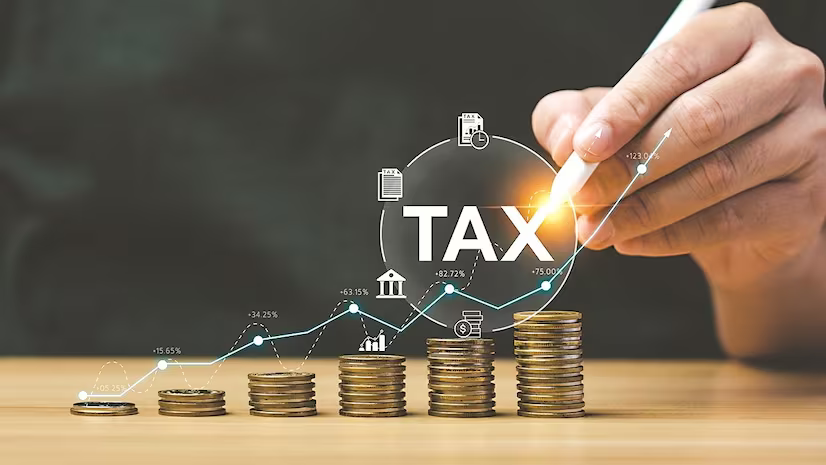Local governments across Uganda are witnessing a remarkable transformation in their revenue collection processes, thanks to the widespread adoption of digital payment and management systems.
This digital revolution is not only streamlining operations, but also significantly boosting revenue, as evidenced by the dramatic increase in tax collection in recent years.
One notable example is Nansana Municipality, which has experienced a staggering 8 billion Shilling increase in annual revenue since implementing the Integrated Revenue Administration System (IRAS). In the 2023/2024 financial year, Nansana’s revenue soared to 9.5 billion Shillings.
Regina Nakazzi Bakitte, Nansana Municipal Mayor, says that the automated system has marked a turning point by eliminating corruption, reduced bureaucratic delays, and ensured a transparent payment process.
“Before the system’s implementation, our revenue collection was vulnerable to manipulation by various actors. The automated system has effectively eliminated these issues, ensured a direct and transparent payment process, and significantly reduced the influence of intermediaries,” Mayor Bakitte explained.
The impact of digital payment systems extends far beyond Nansana. The 2023 Auditor General’s report reveals a significant 78% increase in local revenue collection across various local governments due to the adoption of online and mobile payment platforms.
“I reviewed the implementation of the new revenue management systems and observed a significant growth. Specifically, revenue collection surged from UGX 31.67 billion in the 2019/2020 Financial Year to UGX 56.35 billion in the 2022/2023 fiscal year, marking a 78 percent increase,” the report reads in part.
The IRAS system alone has been successfully implemented in 98 districts, 21 municipalities, and 9 cities, with a total investment of 20.07 billion Shillings. This system has achieved substantial milestones and operates effectively aiding local governments in budgeting, revenue collection, accounting, and enhancing transparency and efficiency in local tax administration.
Additionally, the Ministry of Local Government has rolled out the Local government revenue management integrated system referred to as E-LogRev system. this is currently deployed in 48 local governments.
According to the Auditor General’s report, E-LogRev has significantly boosted revenue, with figures rising from UGX 21.63 billion in the 2019/2020 fiscal year to UGX 34.17 billion in the 2022/2023 fiscal year—an impressive 58 percent growth.
Mr. Yasin Sendaula, Commissioner urban inspection at ministry of Local Governments, notes that some local governments are still relying on outdated manual systems despite the clear benefits of digital solutions. Ministry statistics indicate that municipalities and urban local governments are losing over 750 billion Shillings due to the absence of robust revenue collection systems.
“In about 27 local governments where E-LogRev has been deployed, revenue has increased by over 200 percent,” Yasin explains. “For instance, Kira Municipality’s revenue grew from 2 billion Shillings in the 2015/2016 financail year to 8 billion Shillings by 2022/2023, with projections of reaching 9 billion Shillings in the 2024/2025 financial year.”
Yasin adds that the benefits of E-LogRev extend beyond revenue growth. The system has streamlined tax processing, reducing the time from three days to just five minutes, and shortened bank reconciliation from three months to one day.
The adoption of digital revenue management systems is central to the government’s broader strategy to enhance public administration through ICT. This initiative supports improved public service delivery, democratic processes, and the achievement of Sustainable Development Goals (SDGs).
Aligned with the Digital Uganda Vision and the recently enacted Digital Government Strategy, the government aims to digitize at least 70% of services within the initial years of implementation, reducing red tape and improving efficiency.


